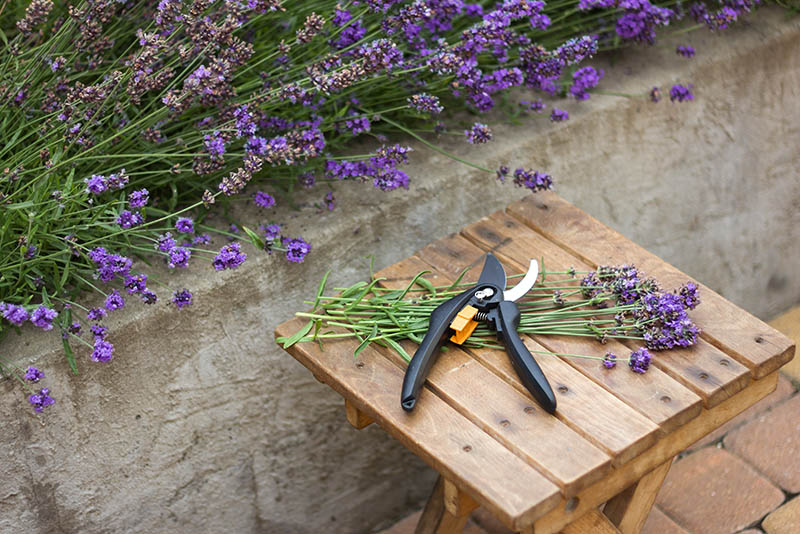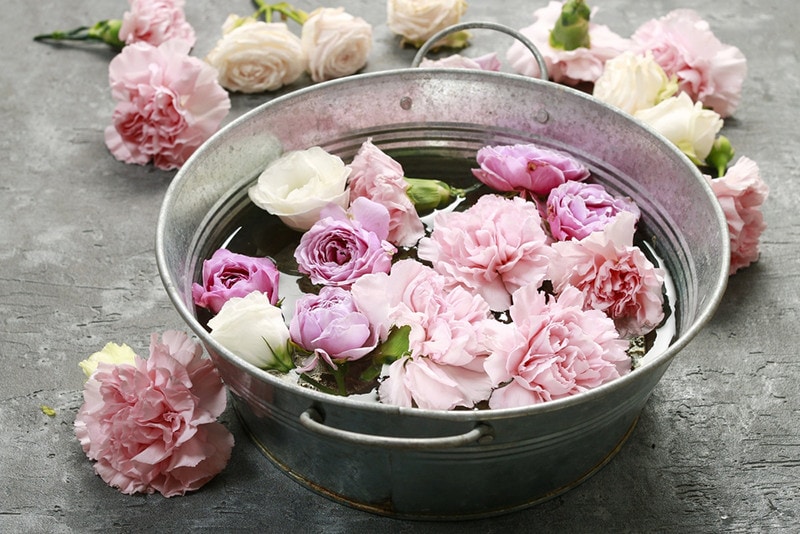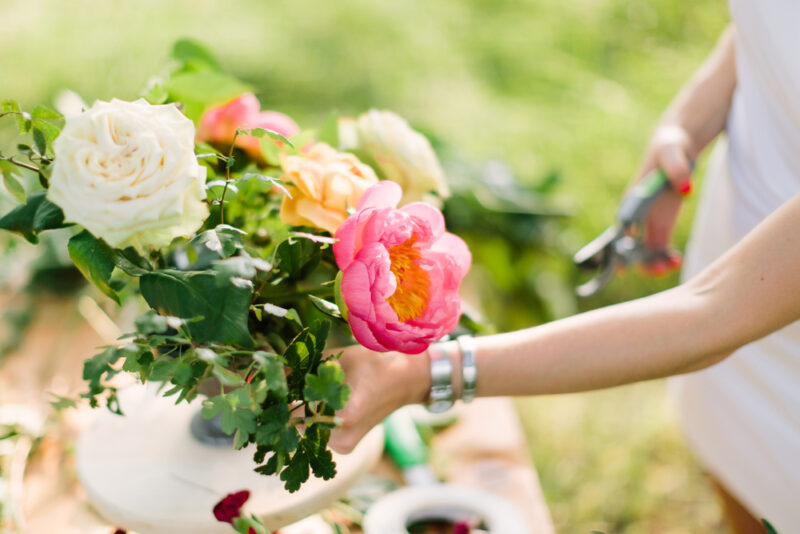How to Propagate Roses From Cuttings (10 Expert Tips)
-
Pete Ortiz
- Last updated:

If you’re looking for a low-cost way to expand your rose garden, one of the easiest ways you can do it is to propagate roses from cuttings. Sure, you can let the garden fill in naturally, but this process is much faster and will give you an active role to play.
But while it can be a great way to expand your rose garden, if you don’t do it right it can lead to devastating results. It’s an important job, and it’s why we wanted to take the time to highlight everything you need to know to do the job right for you here.
The 10 Expert Tips for Propagating Roses From Cuttings
1. Use Sharp Pruners
Using the right tools for the job can be the difference between successfully splitting the roses and having everything end in disaster. Dull pruners will crush the stems instead of giving you a clean cut, and crushed stems won’t be able to absorb the nutrients they need to propagate correctly.
Using sharp pruners eliminates this concern entirely, maximizing your chances of success with a clean cut.

2. Clean Your Tools
Before and after you start the cutting process, you should clean the tools completely. Additionally, you should clean the tools before moving to a new plant. This will help ensure you don’t spread disease from plant to plant and potentially kill your entire rose garden.
It’s a bit time-consuming but also extremely important, so don’t skip this crucial step and potentially wipe out all your roses in the process.
3. Use a Bucket of Warm Water
Even if you think you can quickly do everything you need to replant your rose cuttings, it’s best to keep a warm bucket of water on hand to keep the stems moist. This will help as you gather new cuttings, and it’ll give you time to complete everything you need to plant them.
Don’t make the water too hot and don’t add anything else to it. A warm bucket of water is all you need to keep the roses in pristine condition until you’re ready to put them in new soil.

4. Propagate During the Right Time of the Year
While you can technically take rose cuttings any time of the year, the best chances for success all depend on the temperature that day. Aim for a day with temperatures between 55 and 90 degrees Fahrenheit, but between 70 to 80 degrees Fahrenheit is the most ideal.
If you can get cuttings with a rose bud that’s about to open, that’ll help too, and it narrows down your ideal cutting time to either spring or fall.
5. Pick the Right Cuttings
When trying to propagate roses from cuttings successfully, it’s important to start with the right stuff. Aim for a flower bud about to open, then cut between 6 and 10 inches below at a 45-degree angle. You want three to five nodes with each cutting so they have plenty of space to grow in the soil without being too long.

6. Use a Rooting Hormone
While this step technically isn’t necessary, it makes the process go a lot smoother and faster. You only need to apply it to about an inch or two of the cuttings at the base, so you really don’t need a ton of the stuff.
Rooting hormones will help speed up the process for you and give you a little cushion if you screw something up. It’s a small step that’s well worth it.
7. Trim Away
After you get your rose cuttings, you want to trim just about everything off them. Take off the flower bud, and only leave two or three leaves right at the top of the plant. This will encourage the rose to continue to grow, but without the flower, it won’t need too much energy.
It might seem counterintuitive to trim off all the leaves, but if you want it to really thrive and grow it’s what you need to do.

8. Get Enough Humidity
After you plant everything, you need to raise the humidity level around the plant. Many growers mist the plant and then cover it with a bag. That way, the moisture has nowhere to escape.
You need to elevate the humidity level for at least a few weeks before rooting starts, but it’s also completely possible that the process could take a month or two.
9. Use the Right Soil
This is one of the most important yet one of the most overlooked steps of trying to grow rose cuttings. We recommend a 50/50 mix of perlite and potting soil, but you could also decide to go with rose-specific soil.
Using the right soil will ensure the cuttings get all the nutrients they need to thrive, and it won’t overexpose them to more nutrients than they can handle.

10. Stay Patient
The process of growing rose bushes from cuttings isn’t a quick one, and if you’re expecting results after just a few days it’s not going to happen. You need to give it time. It’ll likely take a month or two before the roots even start forming, and it’ll take a season or two until the roses really begin to fill in.
It might take a while, but it’s well worth the work when you’re staring at all your beautiful new roses!
 Conclusion
Conclusion
If you’re ready to expand your rose garden, there’s no better way to do it than with rose cuttings. Whether you’re looking to purchase them from a store or cut them yourself, now that you know a little more about it, there’s no reason you can’t create a beautiful rose garden from cuttings in no time!
Featured Image Credit: Michael, Unsplash
Contents


